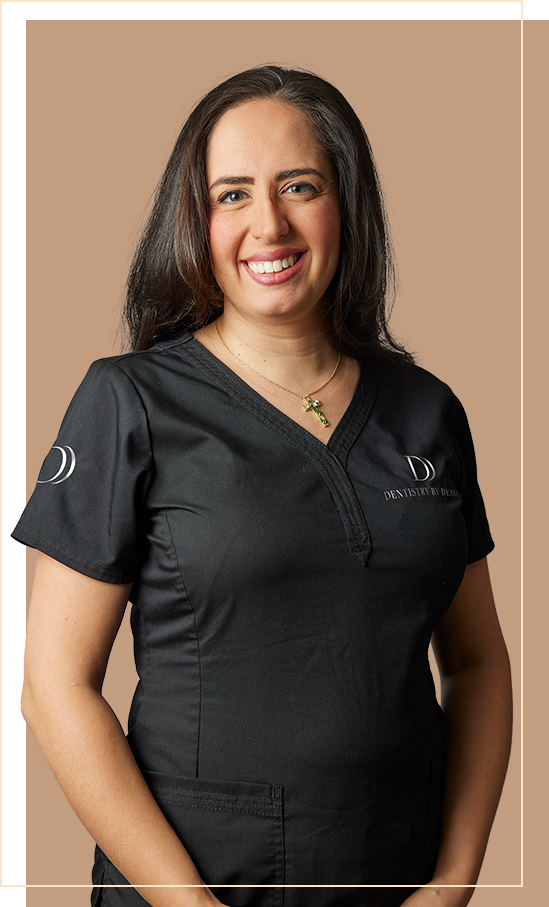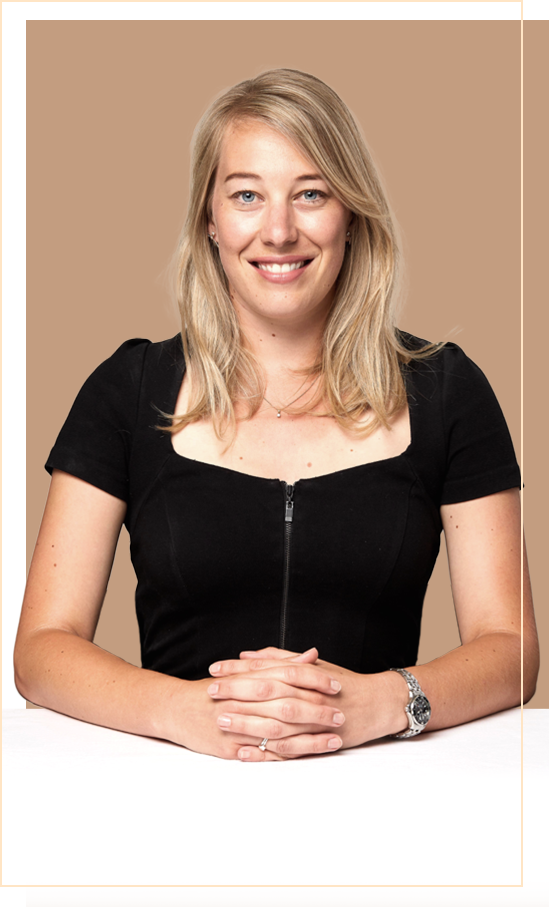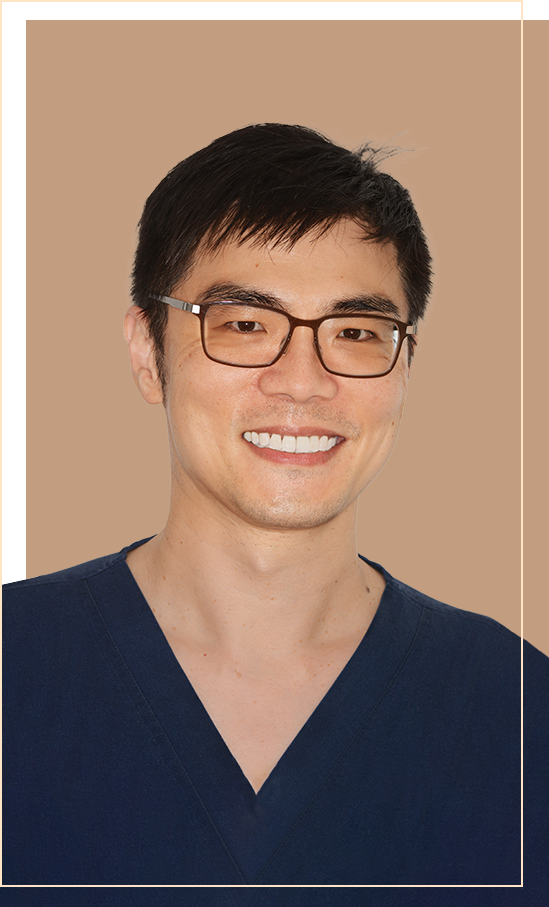SLEEP
DENTISTRY

And Relax...
Sleep Dentistry uses medication to help patients relax during dental procedures. While sometimes referred to as “sedation dentistry”, patients are usually awake, with the exception of those under general anaesthesia.

What types of
sedation are used?
TWILIGHT SEDATION
Twilight sedation is a safe modern technique that takes the anxiety out of dentistry and makes the dental treatment a very pleasant experience. It is suitable for all types of dental treatment including wisdom teeth extraction, implant surgery and for anxious or nervous patients. It can mean that more dentistry can be done in one session, therefore saving the patient time.
AM I ELIGIBLE FOR TWILIGHT SEDATION?
It’s suitable for most patients, however, if you are not in good health or are taking prescribed medications, it’s important to be assessed for your individual suitability for this type of sedation. The sedation is administered by a qualified medical sedationist.
HOW DOES IT FEEL?
You become very relaxed and drowsy and the dental treatment can be carried out quite comfortably. The sedative agents produce amnesia, so it seems that you have been asleep for most of the treatment; however, you have merely been sedated and are not unconscious, as you would be under a general anaesthetic.
HAPPY GAS
Happy gas is a type of inhaled minimal sedation. It is a mixture of Nitrous Oxide and Oxygen and is an excellent gas for dental procedures, especially for nervous patients. It promotes relaxation and allows our patients to be more comfortable for their dental treatment. Nitrous oxide is also short acting so once it has stopped being administered its effects wear off very quickly.
ORAL SEDATION
Depending on the dose given, oral sedation can be minimal or moderate. It usually involves taking one or two tablets of Valium or another muscle relaxant 30-60 minutes before your appointment. This allows patients to be much more relaxed and at ease about their dental treatment. You can request oral sedation for any of your appointments, provided you do not have any medical condition that would deem you unsuitable.
PENTHROX
Penthrox, also known as the green whistle, is similar to happy gas but is handheld and allows the patient to control how much they want to inhale.
It works well for dental appointments as it can be inhaled before and during the procedure for pain relief and relaxation.
It is safe, reliable, and suitable for most patients.
Sleep dentistry FAQs
Your sedation doctor will administer just enough sedation for you to be completely unaware of the treatment – as if you were asleep.
Do you have any more questions? We’re here to help. Contact us.
Most patients experience no discomfort whatsoever during treatment and feel well afterwards.
Do you have any more questions? We’re here to help. Contact us.
Oral sleep dentistry protocols have been used safely for 30 years. Our sedation doctor will review your medical history and monitor you closely while under sedation.
Do you have any more questions? We’re here to help. Contact us.
Side effects of sleep dentistry vary depending on the type of sedation used but can include dizziness, dry mouth, and minor nausea or headache immediately after the procedure. In general, these side effects are temporary and should resolve on their own within a few hours. If you have any concerns about potential side effects, please discuss them with your dentist or sedation provider before your procedure.
Recovery time can vary depending on the type of sedation used. For lighter sedation methods, such as nitrous oxide, you may feel normal immediately after your procedure and be able to return to your normal activities. For heavier sedation methods, such as oral sedation or general anaesthesia, you may need someone to drive you home and you may want to rest for the remainder of the day.
Coverage for sleep dentistry varies widely depending on your insurance provider and your specific policy. Some insurance plans cover sleep dentistry for certain procedures or for patients with documented anxiety or phobias. It is always a good idea to check with your insurance provider before your procedure to understand your coverage.
Dentists are trained in the safe administration of NITROUS OXIDE (Happy gas) sedation for patients of all ages, and the doses and methods used are carefully tailored to the size and needs of the child. As with any medical procedure, there are risks, and it’s important to discuss these with your child’s dentist before the procedure.
Your dentist will work with you to determine the most appropriate type of sedation for your specific needs and circumstances. This decision is typically based on the nature of the procedure being performed, your overall health, any medications you are taking, and your level of anxiety or discomfort. In many cases, patients do have a say in the type of sedation used.
Absolutely. If you have a fear of needles, let your dentist know, as there are options for sedation that do not involve needles. For example, nitrous oxide (also known as laughing gas) is inhaled, and oral sedation involves taking a pill. Your comfort and safety are our highest priorities, and we will work with you to find a sedation method that suits your needs and helps make your dental visit as stress-free as possible.
Take the anxiety out of dentistry
If you think you might need a little help relaxing during your next appointment, you can discuss sleep dentistry options with our expert dental staff.




